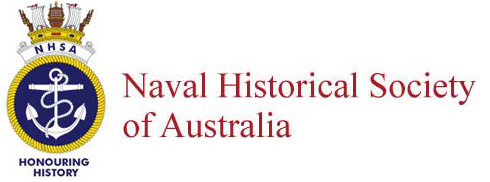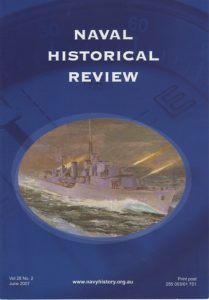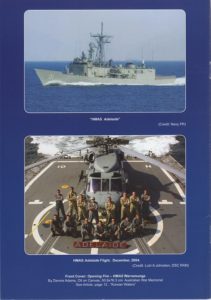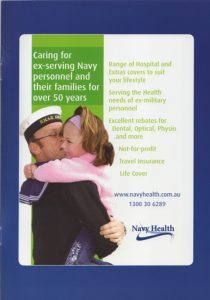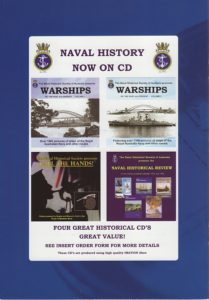- Author
- Rubb, Douglas
- Subjects
- History - WW2
- Tags
-
- RAN Ships
- None noted.
- Publication
- December 1976 edition of the Naval Historical Review (all rights reserved)
US member, Douglas Rubb, served on Admiral Halsey’s staff in the Pacific during World War 2. From mid-1942 until April 1945 he was closely connected with investigations into Japan’s secret balloon war directed against the United States and Canada. In this short article he discusses Japan’s top secret weapon.
SHORTLY AFTER DOOLITTLE’S RAID on the Tokyo area (18 April 1942), the Japanese High Command directed Major General Kusaba to conduct an incendiary campaign against the United States’ west coast.
According to preliminary plans, fire bombs, held aloft by helium-filled balloons, would drift from Japan to the large forests of Washington, Oregon and California. The westerly Trade Winds were to provide the propulsion. Kusaba’s staff developed 35-lb. bombs and huge paper balloons measuring 40ft. in diameter.
The first 200 bombs were launched during May and June 1944. Some of them reached the target areas, but the United States newspapers did not mention Japan’s inter-continental missile. This silence of the press caused Kusaba to suspend operations – just at the start of the American forest-fire season. He and his staff made many mechanical adjustments.
Starting in November 1944, balloons were sent aloft on every clear day. Kusaba was convinced that his project was worthwhile, but his superiors became discouraged and they told him that he was wasting money and manpower. Finally, in April 1945, Kusaba was ordered to scrap the operation. This decision caused Japan to miss another forest-fire season.
Of the 9,300 bombs launched by Japan, some 1,000 reached North America. Most of them landed in Washington and Oregon, but others fell as far north as Alaska, as far east as Michigan and as far south as Mexico. The bombs killed one woman and five children. The damage to the forests was slight.
